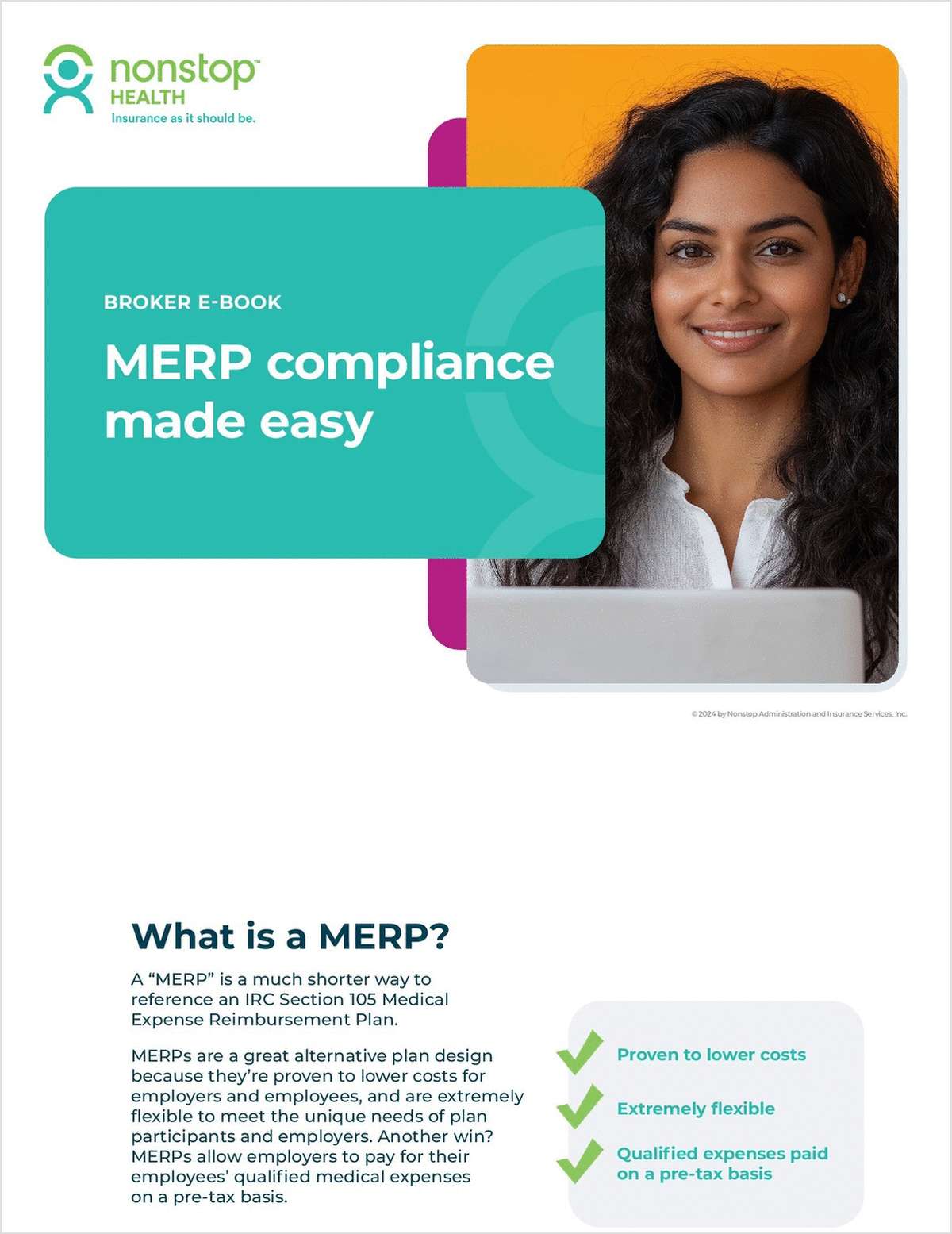 Providing valuable health benefits is just as important to nonprofit and religious organizations as it is to traditional businesses.
Providing valuable health benefits is just as important to nonprofit and religious organizations as it is to traditional businesses.
The priorities and struggles of these groups with regard to health benefits are unique, though; the flow of revenue, time demands on management, and the characteristics of employees are all materially different than what's seen in for-profit ventures.
To help nonprofits successfully navigate their health benefits options, benefits advisors must understand these challenges. In PeopleKeep's Nonprofits on Benefits: 2019 Report, small nonprofits and religious organizations shared their thoughts on what they struggled with most in choosing health benefits.
These are their top five challenges.
- Group health insurance costs
For many organizations, group health insurance is the first and most obvious choice when putting together an employee benefits package. Unfortunately, rising premiums often put this offering out of reach for many.
In 2018, the average cost to insure an employee reached nearly $7,000, according to Kaiser Family Foundation's most recent Employer Health Benefits Study. That's an increase of 20 percent in just the last five years.
Perhaps unsurprisingly, then, the vast majority of nonprofits (81 percent) said they struggled with the cost of group health insurance when searching for a benefit that fit their needs. In fact, just 18 percent of nonprofits said they have ever offered a group health insurance policy.
- Diverse employee health needs
Another issue nonprofits encounter with group health insurance is its one-size-fits-all nature.
Because of the niche spaces they occupy, nonprofits employ individuals with very different backgrounds and very different health needs. Older employees generally prefer more comprehensive coverage, for example, while younger employees are more comfortable going without insurance if the cost is too steep. Married employees may have health insurance through their spouse, and part-time employees may not have coverage at all.
It's exceedingly difficult for one small group health insurance policy to accommodate all of these requirements. For that reason, more than half (52 percent) of nonprofits say they struggle with finding a benefits package to address the diverse health needs of all their employees.
- Time requirements
Nonprofit directors struggle significantly with time management. With a limited number of employees and often far-reaching mission statements, nonprofit leadership must juggle several job responsibilities on top of managing health benefits.
The demands are so great, 35 percent of nonprofits say they don't have time to administer a formal health plan at all.
Regardless of the health benefits chosen, nonprofit directors will spend time helping employees get enrolled, fielding questions, and settling claims. They'll also be meeting with their benefits advisor, accountant and, perhaps, their insurance carrier.
- Unpredictable revenue streams
By their very nature, nonprofits work toward fulfilling missions rather than maximizing profit. That can make it challenging to anticipate income and maintain predictable revenue. This is especially true for small nonprofits, which operate without the budget of larger groups like universities or government-backed organizations.
Without a stable income, nonprofits struggle with health benefits whose costs they can't control. Annual renewal for group health insurance policies can be especially stressful.
Twenty-eight percent of nonprofits cited this element of unpredictability in explaining their health benefits challenges.
- Employees in multiple states
Though not a common problem, more than 10 percent of nonprofits reported struggling to find a health plan that would work for employees in multiple states.
Nonprofits in this situation have difficulty finding one plan that suits all of their employees.
Because insurance carriers are regulated at the state level, many plans don't cover out-of-state workers. National health insurance policies are an option, but choice is limited and the cost is often out-of-reach.
Finding solutions for nonprofit clients
Benefits advisors must be prepared to navigate these challenges if they want to make inroads in the nonprofit sector. Without experienced benefits professionals on staff, nonprofits will turn to advisors for help in finding solutions tailored to fit their unique needs.
In some cases, traditional group health insurance may still be the best choice. While very few small nonprofits take this path, group health insurance is still a good option for groups that can afford the premiums and whose employees have similar health needs.
Other nonprofits may be tempted to substitute a formal benefits plan for an informal health insurance stipend. Though adding money to employees' paychecks allows groups to control their budget and limit administration time, these stipends are subject to tax and employees rarely consider them a true benefit.
Another option is a health reimbursement arrangement (HRA). For small nonprofits, the qualified small employer HRA (QSEHRA) is both budget-conscious and easy to administer. The nonprofit simply offers employees a monthly amount of tax-free money and employees buy the health care they want, including individual insurance premiums. Among nonprofits that offer a QSEHRA, more than 90 percent say they'd recommend it to other groups in the sector.
Beginning in 2020, another HRA — the individual coverage HRA (ICHRA) — will be available to groups of all sizes.
Benefits advisors should make sure to educate themselves on these and other options as they prepare to assist new nonprofit clients. Understanding the five challenges outlined here and being ready to address them with practical solutions will lay the foundation for a productive relationship now and in the future.
Complete your profile to continue reading and get FREE access to BenefitsPRO, part of your ALM digital membership.
Your access to unlimited BenefitsPRO content isn’t changing.
Once you are an ALM digital member, you’ll receive:
- Breaking benefits news and analysis, on-site and via our newsletters and custom alerts
- Educational webcasts, white papers, and ebooks from industry thought leaders
- Critical converage of the property casualty insurance and financial advisory markets on our other ALM sites, PropertyCasualty360 and ThinkAdvisor
Already have an account? Sign In Now
© 2024 ALM Global, LLC, All Rights Reserved. Request academic re-use from www.copyright.com. All other uses, submit a request to [email protected]. For more information visit Asset & Logo Licensing.








